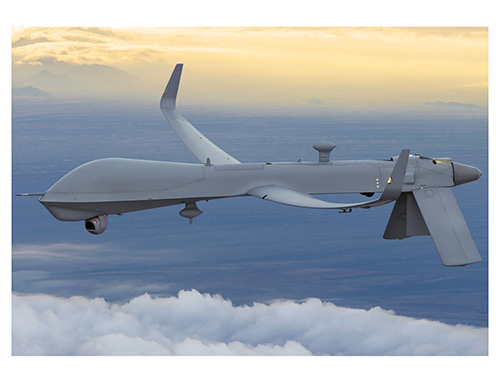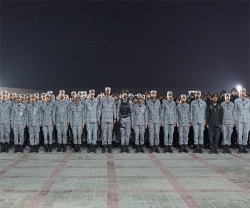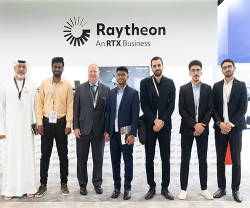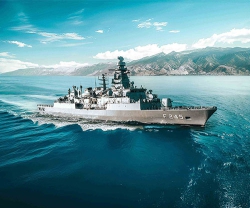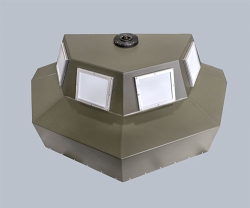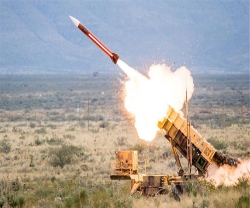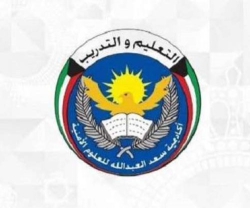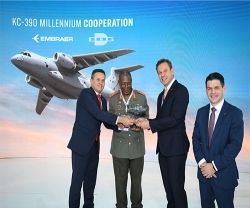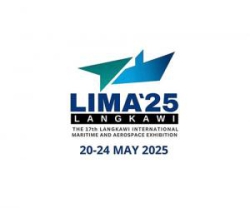The Predator XP/RQ-1E Remotely Piloted Aircraft (RPA) flew above the tarmac of Al Ain Airport in the United Arab Emirates (UAE) as part of a “Live-Fly” event.
The Live-Fly was held on February 27th and focused on Unmanned Aerial Vehicles (UAVs) that support the defense and security sectors.
The event was a part of the Unmanned Systems Exhibition (UMEX) held in Abu Dhabi. UMEX attendees were given access to the Live-Fly as part of their registration.
“We’re very pleased the UAE Armed Forces decided to fly their RQ-1E at the show,” said David R. Alexander, President, Aircraft Systems, GA-ASI.
“Our aircraft typically spend their time high in the sky providing Intelligence, Surveillance, and Reconnaissance (ISR) information to government and military operators. So it’s great that the audience who came out to Al Ain were able to see RQ-1E aircraft perform,” he added.
With an endurance that exceeds 35 consecutive hours and the ability to ascend up to 25,000 feet, Predator XP (known in the UAE as RQ-1E) is designed with state-of-the-art technologies including an automatic takeoff and landing capability, redundant flight control surfaces, enhanced avionics, triple-redundant flight control computers, high-definition Electro-optical Infrared (EO/IR) camera sensor, and a wide-area search radar system for both overland and maritime surveillance. The aircraft is also equipped with both Line-of-Sight (LOS) and Beyond Line-of-Sight (BLOS) data link systems for over-the-horizon operations.
General Atomics Aeronautical Systems, Inc. (GA-ASI), an affiliate of General Atomics, is a leading designer and manufacturer of proven, reliable Unmanned Aircraft Systems (UAS), radars, and electro-optic and related mission systems, including the Predator®, Reaper and Gray Eagle UAS programs of record and the Lynx® Multi-mode Radar.
Celebrating over 25 years of aviation innovation, GA-ASI provides long-endurance, multi-mission capable aircraft with integrated sensor and data link systems required to deliver persistent flight, enabling situational awareness and rapid strike. The company also produces a variety of ground control stations and sensor control/image analysis software, offers pilot training and support services, and develops meta-material antennas.

